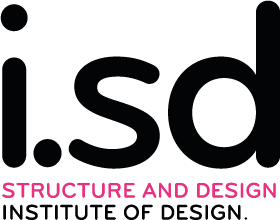In the wake of the second digital turn, novel digital design strategies emerged within the architectural discourse, allowing for the systematic expansion of architecture’s formal repertoire. In this context, machine learning can be understood as the latest step in the search for digital technologies that augment human creativity. Architectural and urban artefacts emerging from these processes arguably express “[…] a new form of artificial intelligence, outside the tradition of modern science and alien to the organic logic of our mind.”
Within an academic environment, the renunciation of traditional design processes requires the development of a radically new pedagogy. Students are henceforth challenged to acquire an intellectual toolset that enables them to appropriate and orchestrate various machine learning algorithms with which they now share design agency. This pedagogy’s goal is to organise a coherent workflow allowing students to develop complex three-dimensional architectural artefacts starting with an initial set of two-dimensional training data. These are taken through a series of didactically premeditated machine learning models such as Pix2Pix allowing the automation of latent walks and their subsequent frame extraction as inputs for computational design software, 3d modelling and animation environments.
The Kurzentwerfen 2 is a short design studio of only 5 weeks for first-semester bachelor students taught by Robert Neumayr and Marine Lemarié with the assistance of Julian Höck and Robin Pischl. Using machine learning as a foundation, students developed objects, small worlds, interiors in many different settings and scales.
To get an insight into the studio, check out our Finals Miro board!
The final project videos are on youtube!
Our booklet is available on issuu!

